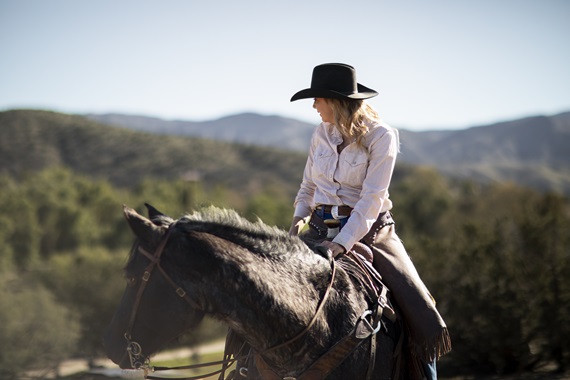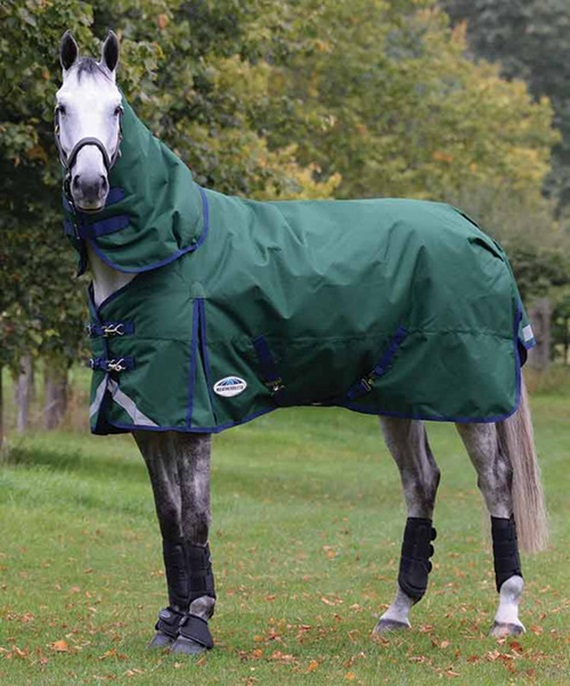Horse riding is far more than a hobby. It’s a powerful blend of athleticism, focus, trust, and emotional connection between a human and an animal. When you ride, you’re not just managing your movement but syncing with another living being, working together as a team. To make this experience safe, comfortable, and rewarding, having the right gear is essential, not just for you, the rider, but also for the horse. From protecting your body to ensuring your horse performs comfortably, equipping yourself with the right tools is the foundation of this unique sport.
Rider’s Essential Gear

Head Protection
Safety starts at the top. A helmet is arguably the most important item in your gear arsenal. Even experienced riders know that accidents can happen in an instant. A good riding helmet protects against serious head injuries and is mandatory in most riding schools. When shopping at reliable tack shops try on several helmets to find one that fits snugly, sits level on your head, and doesn’t shift when you move.
Look for ventilation for breathability, an adjustable retention system for a secure fit, and materials that combine a hard outer shell with a shock-absorbing liner. Always replace your helmet after a significant impact, even if there’s no visible damage.
Footwear
Your boots do more than just look stylish. They help keep your feet securely in the stirrups and protect against accidental slips or injuries. Ankle-high paddock boots are ideal for beginners and pair well with half chaps. Tall boots are more traditional and common in formal English riding disciplines, while Western boots are designed specifically for Western-style riding.
Regardless of type, always choose a boot with a defined heel, a smooth sole, and good ankle support. Leather boots are the gold standard for durability and comfort, but synthetic options can be great budget-friendly alternatives.
Leg Protection
Comfort and protection are crucial for your legs. Breeches or jodhpurs are form-fitting pants designed specifically for riding, offering flexibility and minimal seams to prevent chafing. Full-seat breeches provide grip along the entire seat, while knee-patch styles offer targeted traction. For added leg protection, especially when wearing paddock boots, half chaps offer grip and shielding from the saddle. They come in leather or synthetic materials and help emulate the feel of tall boots.
Upper Body
When it comes to your upper body, breathable and moisture-wicking tops make riding more comfortable, especially during long sessions. If you’re planning to ride competitively, you’ll eventually need a proper show jacket. One crucial yet often overlooked item is the safety vest. These body protectors are designed to absorb impact and shield your torso during falls. Especially beneficial for jumping, trail riding, or beginner lessons. A good fit should be snug but never restrictive.
Hand Protection
Riding gloves protect your hands from developing blisters and offer a better grip on the reins, particularly in bad weather. Look for gloves made from flexible materials with reinforced grip in key areas.
Horse’s Essential Gear
The Saddle
A well-fitted saddle supports both the horse and the rider. In terms of type, you have English and Western saddles. The first is a popular choice for disciplines like dressage or jumping, while the latter provides more comfort and security for long trail rides or Western competitions. The right saddle must fit your horse’s back properly to avoid discomfort or injury. This often means consulting a professional saddle fitter. The rider’s fit is equally important. Choose the correct seat size and flap length, and decide between leather and synthetic based on your needs and budget.
The Bridle
The bridle is your primary tool for steering and communicating with your horse. It includes the headstall, reins, and bit, and must be properly adjusted to avoid pinching or slipping. Bits vary widely in design and severity. A snaffle bit is commonly used for beginners and general training. The choice of bit should suit your horse’s experience, temperament, and level of skill. Leather bridles are traditional and long-lasting but require more maintenance than synthetic ones.
Saddle Pad and Girth
Saddle pads cushion the saddle, absorb sweat, and protect the horse’s back. They come in various shapes and materials. Cotton for breathability, wool for shock absorption, or synthetic blends for easy cleaning. The girth secures the saddle. It should be snug but never too tight. Materials range from traditional leather to easy-to-clean neoprene and synthetic options.
Leg Protection for the Horse
Though optional for some, protective boots for your horse’s legs are invaluable during activities like jumping or trail riding. Splint boots, brushing boots, or bell boots help shield the lower legs from impact and overreach injuries.
Additional Gear & Accessories
Your tack shop visits will also include browsing through options of smaller yet essential accessories. Riding crops or whips are used for gentle reinforcement, while spurs should only be used by experienced riders to refine commands. Don’t overlook grooming kits. They help maintain your horse’s hygiene and appearance and also strengthen the bond between you two. Every tack store will also stock tack cleaning supplies, which are essential for maintaining the condition and longevity of leather goods. A well-stocked first-aid kit for both rider and horse is a smart and necessary precaution.
Choosing & Maintaining Your Gear

The large amount of gear available can be overwhelming for beginners. Seek guidance from your instructor or more experienced riders when shopping. Reputable tack shops and horse tack shops will often allow you to try items like helmets and boots before purchasing. Always prioritize fit and quality. Cheap or poorly fitted gear can compromise safety and comfort. Keep your gear clean and store it in a dry, organized space. Regular maintenance doesn’t just prolong the lifespan of your gear, it keeps you and your horse safer.
Harmony Through Preparation
Riding is a partnership built on trust, communication, and preparation. Equipping yourself with the right horse-riding gear ensures safety, fosters confidence, and strengthens the connection between you and your horse. From helmets and breeches to saddles and bridles, every piece of gear plays a role. Visiting a quality tack shop can help you explore your options and make informed decisions. With the right tools from trusty horse riding equipment stores, you’ll be better prepared to embrace the joys of horse riding.


